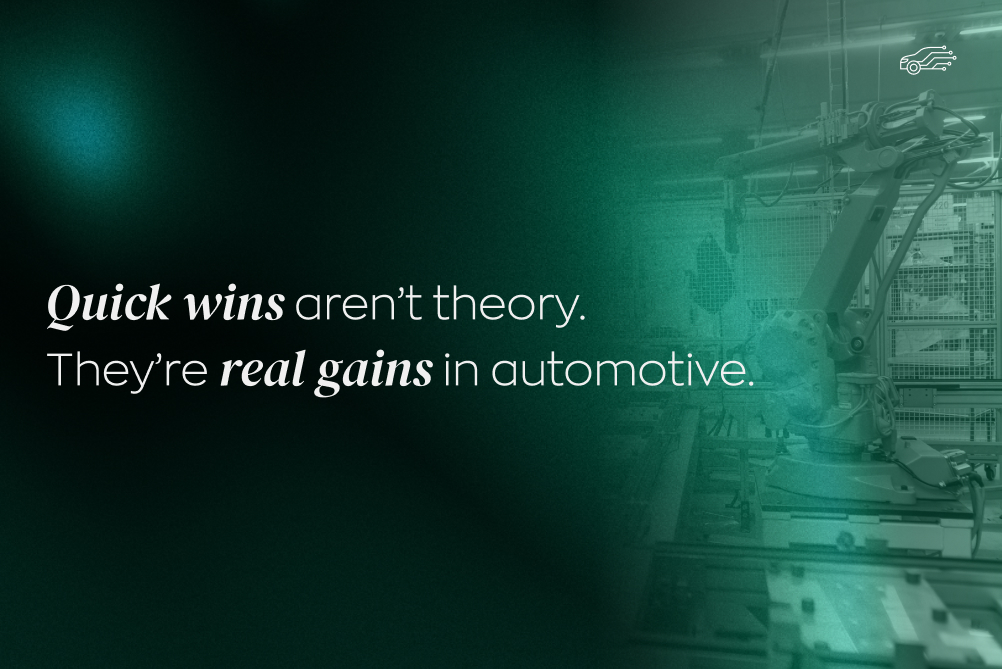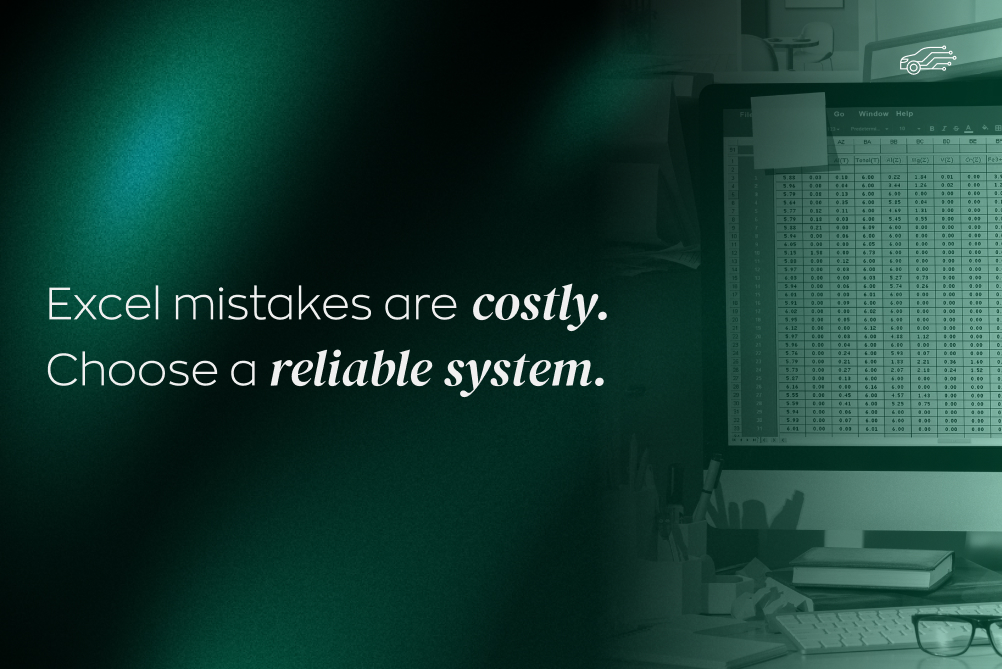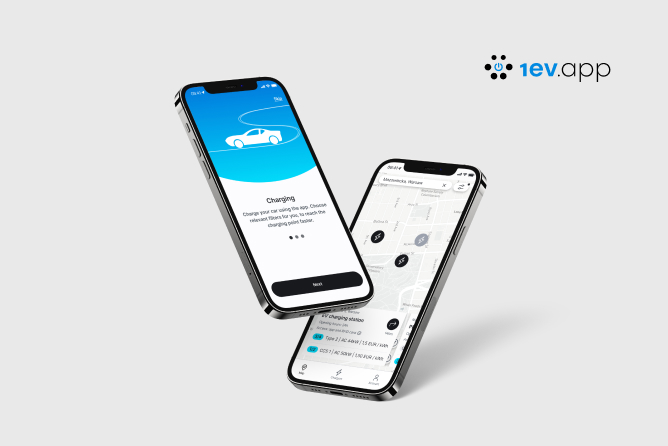In the business world, the pursuit of perfection is no longer a luxury - it’s a necessity. Customers expect faultless products, and the pressure on manufacturers grows every day. Traditional, manual quality control, though valuable, has its limitations: the human eye can be fallible, and fatigue and routine can lead to costly oversights. What if a tool existed that never blinked, never tired, and could spot the tiniest imperfections with superhuman precision? This is where Artificial Intelligence (AI) steps onto the scene, transforming from a futuristic vision into real support for companies looking to elevate their standards and gain a competitive edge.
What is the magic behind AI in quality control?
Before we dive into practice, let’s clear up one misconception: AI in quality control is not science fiction; it is a set of specific technologies that teach machines to "see" and "understand" like humans, but much faster and more accurately. Imagine a system that analyzes thousands of products per minute, comparing each one to a digital gold standard of perfection. The technologies that make this possible are:
- Machine Learning (ML): This is the process of "teaching" an algorithm using a massive number of examples. You show it thousands of images of good products and thousands of images of defective ones, and it learns to independently recognize patterns and distinguish between them.
- Neural Networks and Deep Learning (DL): This is a more advanced form of Machine Learning, inspired by the function of the human brain. It allows for the detection of very complex and subtle defects that would be difficult to define even for an experienced inspector.
- Computer Vision (CV): These are the "eyes" of the system. Advanced cameras and sensors capture images of products, which are then analyzed by the AI algorithms.
- Internet of Things (IoT): The digital transformation in quality control is made possible by IoT sensors that collect real-time data directly from the production line, providing the AI with up-to-the-minute information for analysis.
AI in defect analysis – practical application examples
The theory sounds promising, but what does it look like in the real world? Artificial Intelligence is already revolutionizing quality control across numerous industries, proving its effectiveness.
- Automotive Industry: Precision is paramount here. Industrial robots equipped with vision systems inspect the quality of welds, paint coatings, or the fit of body panels, catching micro-cracks and imperfections invisible to the human eye.
- Electronics Industry: Hundreds of microscopic components are found on Printed Circuit Boards (PCBs). AI in automated testers can verify the correctness of assembly in a fraction of a second, detecting cold solders or missing elements, ensuring the reliability of the devices we use every day.
- Food Industry: Safety is a priority. AI vision systems monitor production lines, checking that every package is hermetically sealed, that the label contains correct allergen information, and that the product is free from foreign objects. This guarantees quality and safety for consumers.
What business benefits does AI implementation provide?
Investing in AI is not just a technological whim; it is, first and foremost, a strategic business decision that yields tangible benefits. Companies that choose to implement Artificial Intelligence in the industry can expect:
- Cost Reduction: Fewer defective products mean less waste, lower costs for complaints and returns. Automation also optimizes team work, allowing employees to focus on more complex tasks.
- Increased Efficiency: A machine can work 24/7 without breaks or drops in effectiveness. Instant analysis allows for immediate reaction and correction of production processes, minimizing downtime.
- Improved Quality and Reputation: Consistent, one-hundred-percent control translates into a higher quality final product. This, in turn, builds customer trust and satisfaction, strengthening the brand's position in the market.
Challenges and limitations – what to keep in mind?
The path to AI implementation, while promising, also has its challenges. It is important to approach it with a realistic attitude. The most common barriers include:
- Initial Costs: The investment in hardware and software may seem high, but it should be viewed in the context of long-term Return on Investment (ROI) and savings.
- Data Quality: AI algorithms are only as good as the data they are trained on. It is crucial to collect a large and diverse database of examples (both good and defective products).
- Team Resistance: Every change raises concerns. Therefore, it is so important to properly communicate the benefits, train employees, and show that AI is a tool supporting their work, not replacing it.
How to start implementing AI in your company? A short checklist
Do you feel this solution is for you, but don't know where to start? Here are a few simple steps to help you launch:
- Identify the Problem: Where is quality control the biggest challenge in your production process? Start with one specific area.
- Evaluate Your Data: Are you collecting visual data from production? If not, this is the first step toward implementing vision systems.
- Start with a Pilot: You don't have to revolutionize the entire factory at once. Choose one process and run a pilot project to assess effectiveness and ROI.
- Choose a Technology Partner: You don't have to be an AI expert. Look for a company with experience in industrial implementations that can help you through the entire process. We would be happy to assist you!
- Invest in Knowledge: Both you and your team need to understand the new technology. Consider dedicated courses or even postgraduate studies on AI applications to fully leverage the tools' potential.
The future is now!
Artificial Intelligence in quality control is no longer a distant future, but the present that is becoming a standard in modern industry. Technologies like Deep Learning and Digital Twins (virtual models of production processes) open up entirely new possibilities for optimization and predicting problems before they even occur. Implementing AI is a step towards the factory of the future—more efficient, flexible, and capable of delivering products of consistently the highest quality. Is your company ready to join this revolution?
.jpg)









.jpg)
.jpg)



.jpg)
.jpg)
.jpg)
.jpg)
.jpg)
.jpg)

.jpg)
.jpg)
.jpg)
.jpg)
.jpg)
.jpg)
.jpg)
.jpg)
.jpg)
.jpg)






.jpg)
.jpg)
.jpg)

.jpg)

.jpg)


.jpg)
.jpg)

.jpg)
.jpg)

.jpg)

.jpg)
.jpg)
.jpg)

.jpg)
.webp)

.webp)


.jpg)









.webp)


.webp)




























